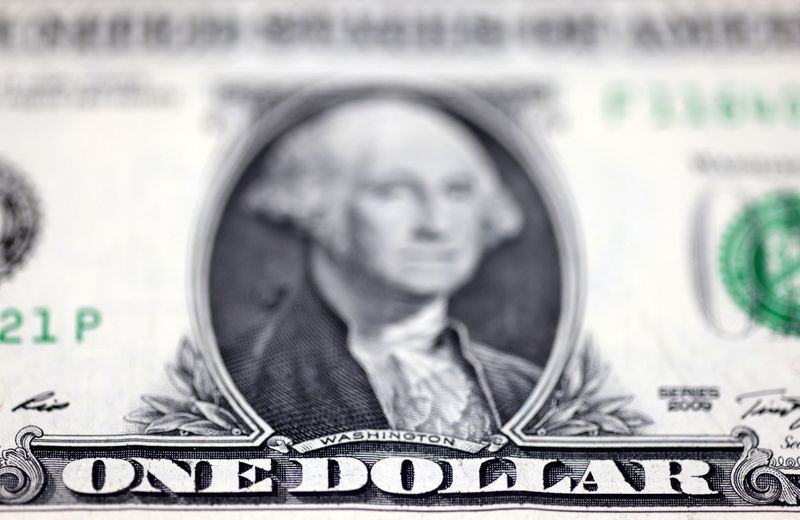Financial experts from ING discussed the current state of the US dollar and suggested that it is going through a phase of bearish consolidation rather than a significant decline.
This observation comes after the dollar has suffered a sharp decline of 5% since early July. Market expectations have factored in 100 basis points of interest rate cuts by the Federal Reserve by the end of the year, with a final interest rate of 3.00%.
ING analysts believe that these expectations have paved the way for the value of the dollar to stabilize, without any substantial further decline or rally.
The dollar’s recent price action is seen as part of a broader downtrend, evidenced by the participation of typically lagging Asian currencies, including the Korean won.
It is striking that the options market is currently showing a preference for call options in Korean won, a trend that has not been observed since 2007. This shift can be attributed to investors rebalancing their portfolios or Asian exporters engaging in overdue dollar hedging.
For the dollar’s bear trend to resume, ING suggests more negative surprises in US activity data would be needed. However, the immediate economic calendar, which emphasizes second-quarter GDP revisions and weekly initial claims, may not provide such catalysts. The first claims are consistently close to 235,000, while large-scale layoffs have not yet been realized.
Fed Chairman Jerome Powell’s recent speech expressed some concern about the rapid deterioration of the labor market, and hinted at a possible future increase in unemployment claims. Nevertheless, ING expects the Dollar Index (DXY) to remain relatively stable within the current bandwidth. Analysts believe that only a move above the 101.60/65 threshold would indicate a shift beyond what is currently seen as bearish consolidation for the dollar.
This article was produced with the support of AI and reviewed by an editor. For more information see our General Terms and Conditions.


